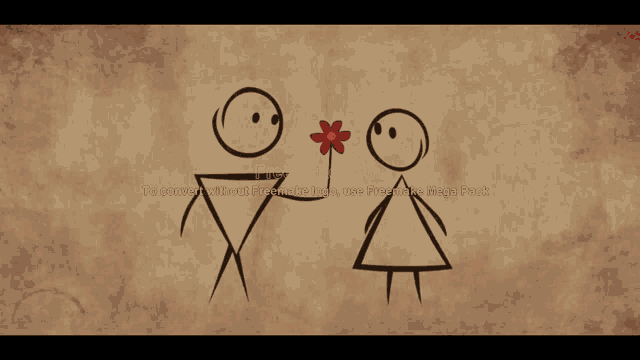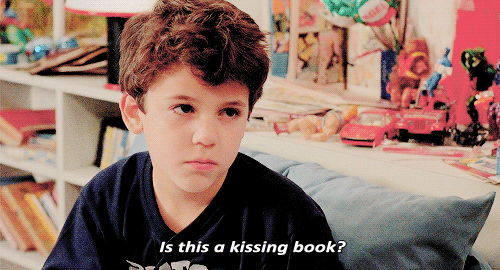
Every few months there is a bit of an uproar in Romancelandia and it all has to do with how books are categorized. Specifically how Romance books are categorized.
You see, unlike movies and TV, there is no rating system for books. Books are instead categorized based on what shelf they fit on in a store. The Book Industry Study Guide (BISG) has decided to very simply organize books by category, genre, subgenre, and topic. But never more than four deep. This makes sense since anything more detailed would lead to a more complicated system and confusion.
Now, if you’ve been reading romance for any length of time you know there is great variety in heat level, or how much sex happens in the book. Heat levels can range anywhere from zero intimacy, a few kisses and caresses, sex between characters that happens off the page (fade to black), sex between characters that happens on the page (sometimes euphemistically), and graphic sex that happens on the page. Why people read and enjoy different heat levels varies as much as the books themselves.
Some readers even enjoy <gasp> more than one. 😱

Unfortunately with the limited categories books are given this limitation does not take into account the varying heat levels in romance novels. Instead it categorizes them as CATEGORY > Genre > Sub Genre > Topic. For example:
FICTION > Romance > Historical > Regency
FICTION > Romance > Contemporary
FICTION > Romance > Paranormal > Shifters
FICTION > Fantasy > Urban
FICTION > Mystery & Thriller > Cozy > Culinary
Nowhere does it indicate heat level, whether a book has sex on the page, or is fade to black.
It wasn’t long before authors who write romance novels that did not contain sex on the page began to call their book “sweet” and “clean”. Soon after the BISG added “clean and wholesome” as a sub-genre for books.
But only when it came to Romance Novels.
And herein lies the problem. When a book with no sex on the page is categorized as “clean and wholesome” it sends the message that books containing sex on the page are dirty, tasteless, and sinful. The fact that “clean and wholesome” is only used to categorize romance novels—a genre traditionally known to be written by women, for women, and involving topics that are of interest to women—is troubling.
Readers are good about adding heat levels to their reviews (more flames = more sex), and many authors will list the heat level of their books on their social media and websites. While this helps, it still leaves readers in the lurch about the content a book contains, especially if they’re in a brick and mortar bookstore shopping for a physical book. Many times they can’t pop onto the internet to see what the book’s content may contain.
I think it’s about time books got a rating system of their own. Similar to the current movie, TV, and video game ratings this system would avoid the moralism of “clean and wholesome” and be based on content alone. Its goal is to not gatekeep or prevent people from accessing certain books (unlike age restrictions on movies and games), but to give readers an idea of what a book contains.
A small single letter rating designator can easily be displayed on the spine or at the end of the description on the back cover. Not only that, but it addresses the bigger issue in that it does not single out Romance for content, it is applicable across all genres, leaving the decision in the hands of the reader whether they would be comfortable with the content inside.
- E—Everyone: suitable for all ages; may contain low frequency, intensity, or severity in regards to language and/or violence.
- L—Low: generally suitable for audiences over 10; may contain suggestive themes and content, mild violence and language.
- G—General: suitable for general audiences; stronger use of language and suggestive themes, and/or violence.
- A—Adult: generally intended for adult audiences. Can include descriptions of sexual activity, violence, gambling, drug use, and stronger language on the page.
- M—Mature: may contain graphic depictions of sexual content, violence and gore, and strong language
Examples of this system can be as follows.
- Jurassic Park by Michael Crichton would have a rating of L for mild language and violence.
- Water for Elephants by Sara Gruen would carry a rating of G for its depictions of alcohol use, gambling, and violence.
- The anthology I was in, Once Upon A Twelfth Night, would have a rating of A for the sexual content and situations.
- Erin Knightly’s The Duke Can Go To The Devil would have a G rating because even though it’s a romance, there is no sex on the page, but it’s suggested by the actions of the characters.
- Elizabeth Hoyt’s Duke of Midnight would have an M rating for graphic sex and violence on the page.
- The Hunt For Red October by Tom Clancy would earn a G rating for it’s themes and lack of graphic violence and language.
“But Christina,” you say. “What happens if an author says their book is a G but they’re boinking on the page in chapter 2?”

Here’s the thing: authors are inherently honest when it comes to what’s in our books. We want our readers to be happy with us because a reader who likes our books will most likely come back and buy another one…and another one…and… well, you get the picture. Most of us don’t want to lie to readers about the content, not because it leads to negative reviews, but because we want to gain and keep readers. If a reader is unhappy with us they’ll let their reader friends know, they’ll let review sites know, and they’ll let us know! The same thing happens when they’re happy with us.
I don’t plan on upsetting my readers more than necessary (I’ll do so vicariously through my characters!) so I do plan on putting this rating system on my book covers and including a page with a brief description of the system in my back matter. I want readers to know what to expect when they pick up my books. I want them to be comfortable with the content inside, whether it is sex, violence, language, or theme. I want them to know what they’re getting when they pick up my book on the shelf or read the description online.
I’m curious… As a reader would you like to see a rating system like this on books? If you’re a writer would feel comfortable putting a rating like this on your book cover or spine?





